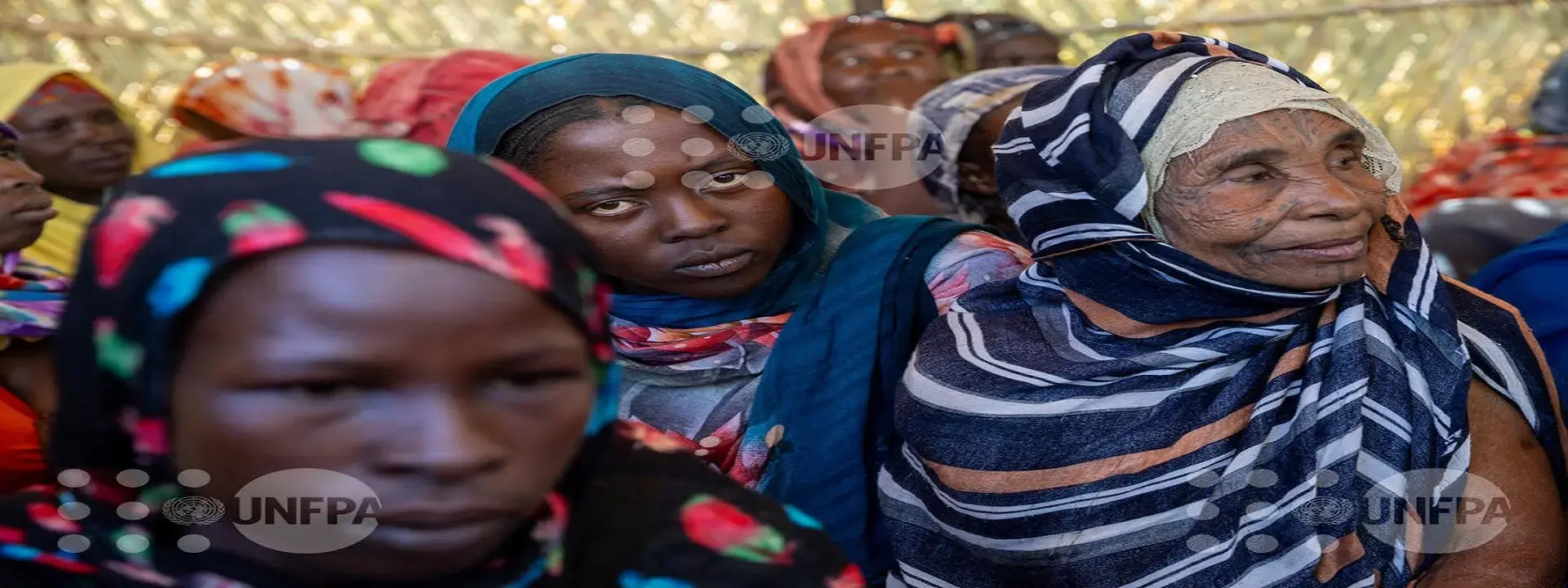Humanitarian Context in West and Central Africa
The crises in Burkina Faso, Cameroon, the Central African Republic, Chad, Mali, Niger, Nigeria and Republic of Congo are some of the most neglected and underfunded crises globally. Women and girls bear the brunt of the hardships in these humanitarian settings, facing increased risks of gender-based violence, including intimate-partner violence, sexual violence, child and forced marriages, sexual exploitation and abuse, and trafficking. Displacement, ongoing political instability coupled with increased socioeconomic vulnerability of affected populations, food insecurity, and climate change exacerbate these risks, with women and girls often facing greater challenges in accessing essential sexual and reproductive health services, while also facing heightened risks of sexual assault and kindnapping when searching for these necessities. The closure of numerous schools and health facilities in the Sahel region as a result of insecurity is compromising the future of millions of women and adolescent girls, limiting their access to sexual and reproductive health services, information and empowerment in a context dominated by harmful gender norms.
UNFPA Country Offices and partners operating in the region assist by providing timely, life-saving responses to the varied needs of different communities and establish community-based protection mechanisms to strengthen their resilience. The crisis in the Central Sahel countries is affecting the coastal countries of Benin, Cote d’Ivoire, Ghana and Togo with waves of arrivals of asylum seekers and forced displacements. Although they are not considered humanitarian countries, the situation in these countries is observed through risk analyses, and UNFPA Country Offices are receiving technical support to respond to the needs of people and communities affected.
Given the current fiscal constraints, inadequate responses to humanitarian crises in West and Central Africa will have devastating and far-reaching consequences, both for affected populations and for neighboring countries experiencing the crises' spillover effects.


